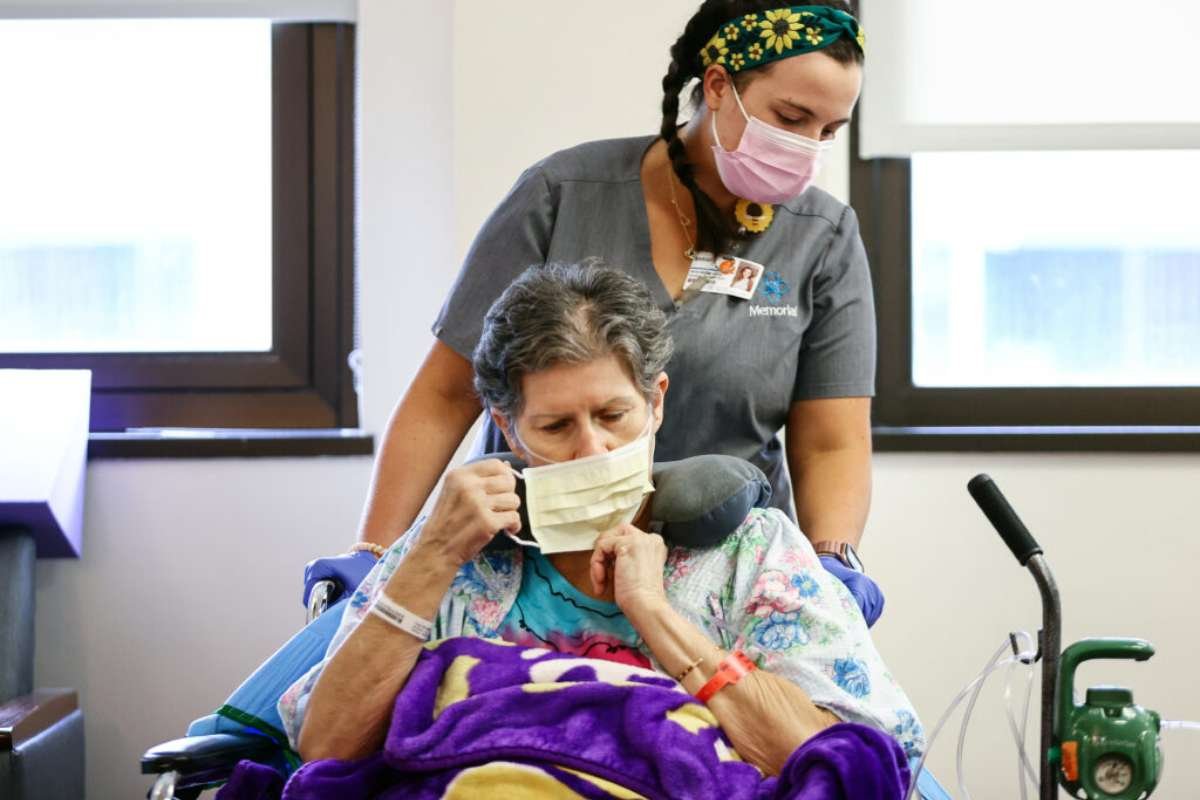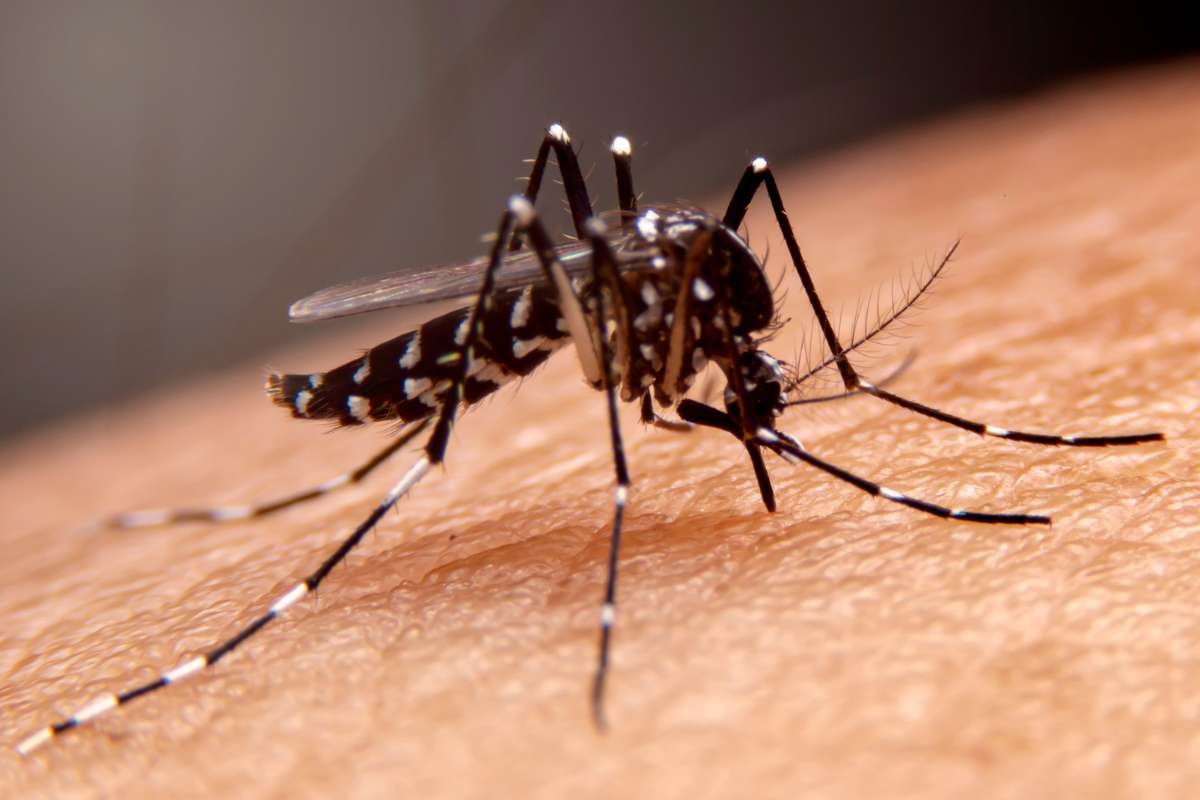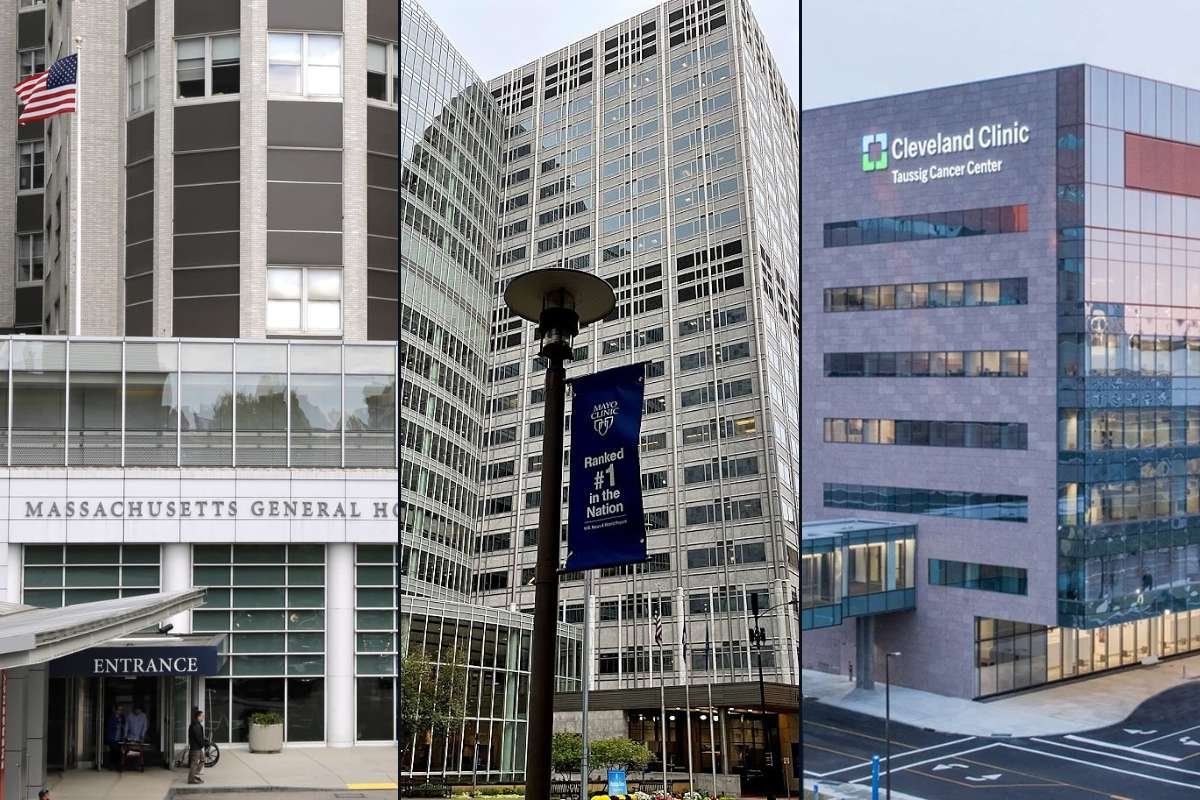Key Points:
- Minnesota health insurance premiums rise in 2026.
- Higher medical costs and inflation drive increases, partly offset by reinsurance.
- Compare plans carefully to find affordable coverage.
Nearly one million Minnesotans who rely on Minnesota health insurance through the marketplace or Medicare Advantage plans will see premium increases in 2026, state officials announced Wednesday.
According to the Minnesota Department of Commerce, individuals purchasing coverage on the MNSURE marketplace will face an average increase of 22 percent, while small group plans for businesses are set to rise by an average of 14 percent. Seniors enrolled in Medicare Advantage plans will see an estimated 18 percent increase.
Grace Arnold, commissioner of the Minnesota Department of Commerce, said higher medical costs and broader inflation are key drivers of the increases. “Health care costs continue to rise, and those pressures are reflected in the premiums for the coming year,” Arnold said.
Underlying factors and state response
Officials noted that several factors are influencing rates, including higher costs for hospital care, prescription drugs, and outpatient services. Insurers are also adjusting prices to account for changes in enrollment trends, as younger and healthier people move in and out of the market.
Minnesota has implemented programs to soften the impact of such fluctuations. The state’s bipartisan reinsurance program, created in 2017, helps stabilize Minnesota health insurance premiums by offsetting high-cost medical claims. Officials credited the program with reducing the size of this year’s increases compared with what they might have been without that support.
“Without the reinsurance program, rates would be even higher,” Arnold said. “It continues to provide important stability for families and small businesses.”
Importance of comparing plans
Despite rising costs, state leaders emphasized that consumers can often find more affordable Minnesota health insurance by carefully reviewing available options. Plans vary significantly in monthly premiums, deductibles, and provider networks.
“Don’t just renew the plan you had last year,” said Libby Cullum, CEO of MNSURE. “Take time to compare. You may find a plan that works better for your budget and your health care needs.”
The state is preparing additional resources to guide residents through open enrollment. MNSURE offers free assistance through certified navigators, brokers, and online tools that allow consumers to compare plans side by side.
Federal support and ongoing discussions
Enhanced federal tax credits, introduced in recent years, have helped lower premiums for thousands of Minnesotans. Those subsidies are set to expire at the end of 2025 unless extended by Congress. Discussions on long-term affordability continue at the federal level, and state officials expressed optimism that solutions remain on the table.
Kelli Jo Greiner, Medicare product manager for the Minnesota Board on Aging, said seniors in particular should review plan details closely. “This year, it will be more important than ever to look carefully at your options,” she said. “Even with higher premiums, some plans may still offer good value depending on your provider and medication needs.”
Looking ahead
Officials acknowledged the financial strain the increases may cause but stressed that consumers have tools and resources to help manage costs. Farmers, small business owners, and middle-income families are among those who will feel the changes most, but programs like reinsurance and ongoing federal support discussions may ease the transition.
“Shopping carefully and making use of available guidance will be key,” Arnold said. “The landscape is changing, but options remain for Minnesotans to find Minnesota health insurance coverage that fits.”
The 2026 open enrollment period begins this fall.







